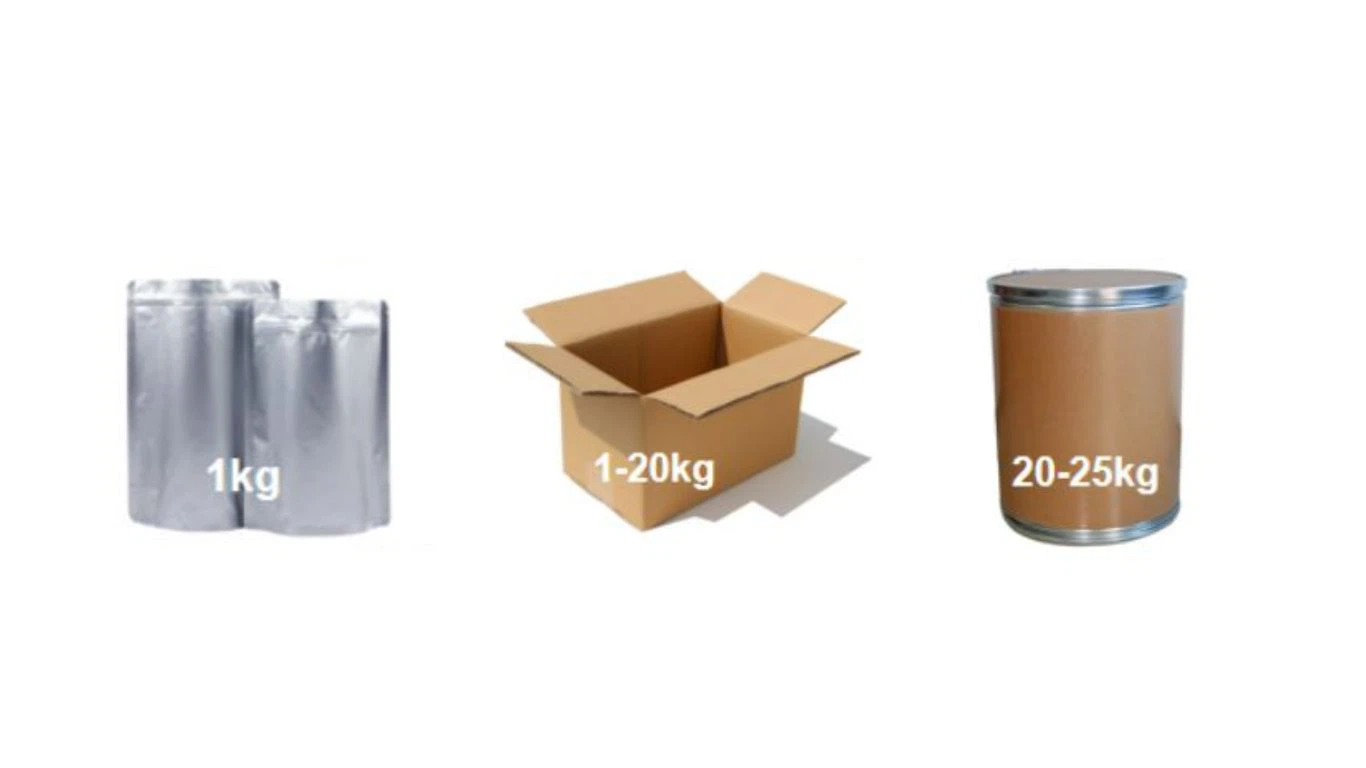

Description
CAS:70-18-8;Assay:99% min
CAS NO.:70-18-8
Brand:GSHWORLD
Glutathione bulk powder raw material - NMN suppliers & manufacturers in China.
Glutathione is the most important low molecular weight antioxidant synthesized in cells. Glutathione plays a direct or indirect role in many life activities, including natural antioxidants, cell protection, amino acid transport, immune function regulation, promotion of carbohydrate, fat and protein metabolism, etc. metabolic processes of cells. In recent years, glutathione has been widely used in adjuvant treatment of various diseases such as malignant tumor, HIV, acute poisoning, chemotherapy, liver injury, and nephrotic syndrome. With the deepening of the clinical research on glutathione, the clinical application of the drug is also increasingly widespread.

L-Glutathione Reduced(C10H17N3O6S) | |
CAS | 70-18-8 |
Appearance | White or almost white powder |
Assay | 99% min |
Chlorides | Not more than 200 ppm |
Sulfates | Not more than 300 ppm |
Ammonium | Not more than 200 ppm |
Iron | Not more than 10 ppm |
Arsenic | Not more than 2 ppm |
Heavy metals | Not more than 10 ppm |
Cadmium (Cd) | Not more than 1 ppm |
Lead (Pb) | Not more than 3 ppm |
Mercury (Hg) | Not more than 1 ppm |
Sulfated ash | Not more than 0.1% |
Loss on drying | Not more than 0.5% |
Shelf Life | Two years when properly stored. |
There are many reasons for aging, and the free radical theory is the most popular one. With the increase of age, the free radicals produced by metabolism in the body also gradually increase. Free radicals can damage cells due to their strong responsiveness, resulting in the aging of organisms. Therefore, inhibiting the generation of free radicals and accelerating the scavenging of free radicals is an effective way of anti-aging. GSH-Px can scavenge the generated free radicals and prevent the generation of reactive oxygen species. The important role of GSH in fighting free radical damage gives it a pivotal role in anti-aging.
Studies have shown that oxidative and glycated proteins that cause aging are associated with a decrease in the GSH:GSSG ratio in vivo. Many metabolic enzymes, including aconitase III, can be inactivated by oxidation. This enzyme is involved in the tricarboxylic acid cycle in vivo and possesses an iron-sulfur cluster active site that is very sensitive to inactivation by peroxides. Carbonic anhydrase III has two reactive sulfhydryl groups, which are converted to cysteine sulfinic acid or sulfoalanine in the presence of hydrogen peroxide, peroxy radicals, or HOCI. Oxygen toxicity is exacerbated by metals that catalyze the cleavage of ROOH groups, and the hydroxyl groups generated by this Fenton reaction can transfer protons to preliminary lipid peroxidation reactions. In healthy humans, the catalytic activity of these metals is negatively regulated by binding to ferritin and transferrin. In the elderly population, iron levels in the body increase with age, and this increase can exacerbate oxidative damage during aging, and membrane damage caused by lipid peroxidation may be a key factor in gastric flare-ups.
A recent small-scale study measured the proportions of cysteine and cystine and GSH and GSSG in plasma in humans aged 19-85. For the former, there was a linear oxidation rate throughout life, while for the ratio of GSH to GSSG, the redox balance did not change until age 45, but after age 45 it was almost linear. Studies have shown that the regulatory subunit of γ-GCS begins to reverse regulation in the brain of aging mice. Since the combination of the catalytic and regulatory subunits of GCS enables de novo synthesis of GSH, the altered expression of this senescence-related enzyme subunit may be the main reason for the reduction in GSH levels.
Many enzymes in the human body use sulfhydryl groups as active groups. The sulfhydryl groups contained in glutathione are cell protective agents, play an antioxidant role in cells, and participate in neutralizing oxygen free radicals.



+86-755-23577295
+86 18718790084
Room 832, Building 12, Shenzhen Bay Science and Technology Ecological Park, Yuehai Street, Nanshan District, Shenzhen China